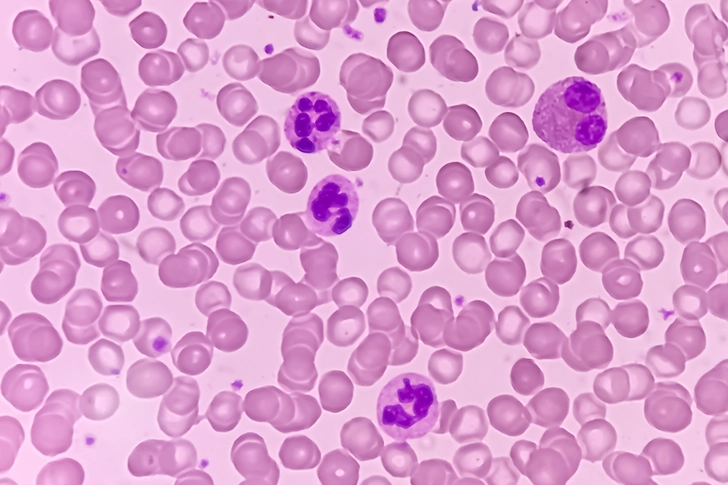Eosinophilic Asthma: A Rare Subtype


What Is Eosinophilic Asthma?
Eosinophilic asthma is a rare subtype of asthma. It’s often severe, hard to treat, and usually starts in adulthood. It used to mean more frequent asthma attacks and a lower quality of life. But that’s quickly changing with new research and treatment options.

What Are Eosinophils?
When you have eosinophilic asthma, you have inflammation in your respiratory system caused by white blood cells called eosinophils. Normally, they help you fight disease. One of their jobs is to cause swelling, which helps your body fight germs. However, too much swelling can make you wheeze or have trouble breathing.

How’s It Different?
Unlike typical asthma, eosinophilic asthma often starts between ages 35 and 50. It’s also not usually triggered by allergens like pollen or pet dander. You may experience shortness of breath instead of the classic wheezing, so it may not even seem like asthma at first. It’s also less responsive to common asthma treatments like inhalers.

Treatment Challenges
Inhalers don't have much of an effect on eosinophilic asthma. That means it's harder to manage, and you're more likely to have asthma attacks. Usually, you need to take corticosteroid pills, which can have side effects.

Research and Future Care
New care options are on the horizon as doctors continue to understand eosinophilic asthma better. Ongoing studies are exploring different treatments and how to improve the quality of life for those who live with it.
PHOTO CREDENTIALS
Slide 1: Antonio Guillem/Shutterstock
Slide 2: Babul Hosen/Shutterstock
Slide 3: voronaman/Shutterstock
Slide 4: luchschenF/Shutterstock
Slide 5: Laboko/Shutterstock
SOURCES:
Expert Review of Respiratory Medicine: “Improving the Diagnosis of Eosinophilic Asthma.”
National Library of Medicine: “Diagnosis and management of eosinophilic asthma: a US perspective.”
National Heart, Lung, and Blood Institute: “Explore Asthma,” “The Respiratory System.”
European Respiratory Society, ERJ Open Research: “Management of the patient with eosinophilic asthma: a new era begins.”
World Allergy Organization: “Defining Phenotypes: Expanding Our Understanding of Asthma Challenges in Treating a Heterogeneous Disease.”
American Partnership for Eosinophilic Disorders: “Eosinophilic Asthma.”
Asthma Society of Canada: “All About Inhaled Steroids.”
Mayo Clinic: “Eosinophilia,” “Childhood Asthma.”

